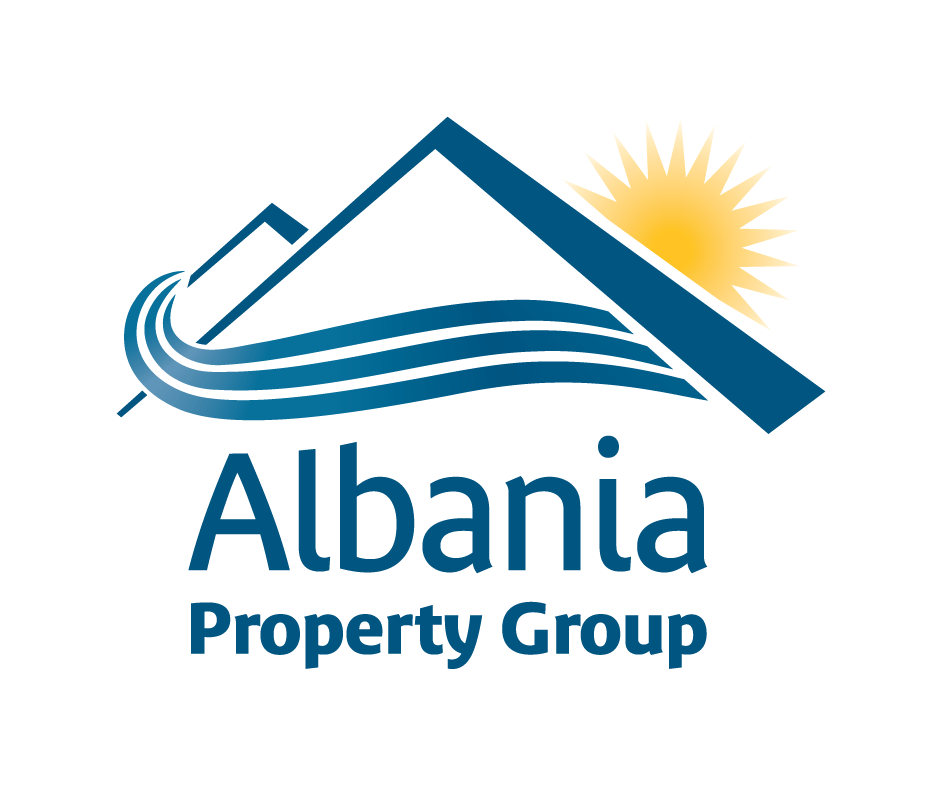

Новости
AL BE THERE The European hotspot just like the Maldives – and flights are just £27
BRITISH holidaymakers can travel to a European hotspot that is just like the Maldives for less than £30.
Because of its sandy beaches, pristine waters and picturesque wooden huts, the Maldives is a dream destination - but it comes with a hefty price tag.
For holidaymakers who want to sample a slice of paradise, but can't fork out £800 on return flights, they'll be pleased to know there's an alternative much closer to home.
Albania is situated between Montenegro and Greece, and the destination has seen an influx of visitors in the last few years.
The country's rise in popularity is largely thanks to the army of TikTok and social media influencers who've holidayed in the Albania Riviera.
One of the most popular areas is a small village in the south called Ksamil.
Videos of the coastal resort - which boasts turquoise waters with what one tour guide group describes as a "Bora Bora feel" - have racked up more than 60 million views on TikTok.
Many suggest it is much like visiting the Maldives - but significantly less pricey.
A Ukrainian influencer recently praised Ksmail in a video on Instagram.
According to the Mirror, Yuliia Berkuta wrote: "Ksamil is one of the most surprising places I have visited in the Balkans.
"This village is home to delicious seafood, a colourful sea and beautiful islands located a stone’s throw away from the village."
https://www.thesun.co.uk/travel/21032372/european-hotspot-cheap-maldives-albania/
Beaches, mountains, ancient towns and low prices? Albania has it all
It used to be rare that journalists would come here,” says Elton Caushi, head of tour operator Albanian Trip, who I meet in the capital, Tirana. “When they did come, they only wanted to talk about blood feuds and sworn virgins.”
The traditions that once dominated tribal politics in Albania’s mountains are interesting, but I’m here to probe a more recent view of the south-east European country. Thanks to its beaches, Unesco-stamped cities and hiking routes, formerly communist Albania is being lauded as a “hot new” European travel destination beyond backpacking and dark tourism.
For decades, Albania had a reputation as a dangerous, no-go country, thanks largely to its being politically isolated under dictator Enver Hoxha, who died in 1985. After Albania’s 1997 civil war and the end of the Kosovo war in 1999, more visitors gradually started coming to Albania, attracted partly by prices lower than in Greece and Italy. In 2009, 1.9 million tourists travelled to Albania; in 2019, the last full pre-Covid year, the figure was 6.4 million.
The food here may be a factor in this shift. I’m with Caushi in a nameless restaurant at 1001 Bardhok Biba, a street close to the city centre. “The tourists haven’t found it – it’s mainly drivers eating here,” he says. I breakfast on sumptuous tasqebap – a soupy mix of veal, garlic, onions and tomato sauce – before Caushi takes me for 9am dessert at Mon Amour, a Parisian-style patisserie. We pay a non-Parisian 390 lek (£2.80) for coffee and baklava pastries with ice-cream.
https://www.theguardian.com/travel/2022/aug/06/albania-beaches-cities-mountains-tourism-history-guide
Upskilling key to Albania’s continued growth, new report suggests
With the 2022 tourist season around the corner, the Albanian government has decided to lift temporarily tourist visa requirements for the citizens of eight countries: Saudi Arabia, Bahrain, Egypt, India, Qatar, Oman, Russia, and Thailand.
The decision was announced by Minister of Tourism Mirela Kumbaro on Wednesday, following a meeting of the Council of Ministers.
“As part of a set of measures to aid [Albania’s] tourism sector… the government has decided to reauthorize a decision or practice approved last year to liberalize tourist visas for eight countries that will be able to enter Albania for tourism purpose [without visas],” Kumbaro said.
Russian and Egyptian citizens will benefit from this visa-free regime from April 20 to September 30, while the remaining tourists can enter Albania with only their passports (and without requiring a visa) until December 31.
During yesterday’s meeting, the Council also discussed the possibility of asking the Committee that oversees COVID-19 in Albania to remove pandemic-related entry requirements, like vaccination certificates and negative tests.
North Macedonia approved such a measure earlier this week.
The government’s decision is a bid to draw more visitors to Albania for the 2022 summer season, as labor shortages, rising fuel and food prices, and the war in Ukraine threaten the country’s fragile tourism section.
https://exit.al/en/2022/04/21/albania-approves-visa-free-travel-for-tourists-from-eight-countries/








